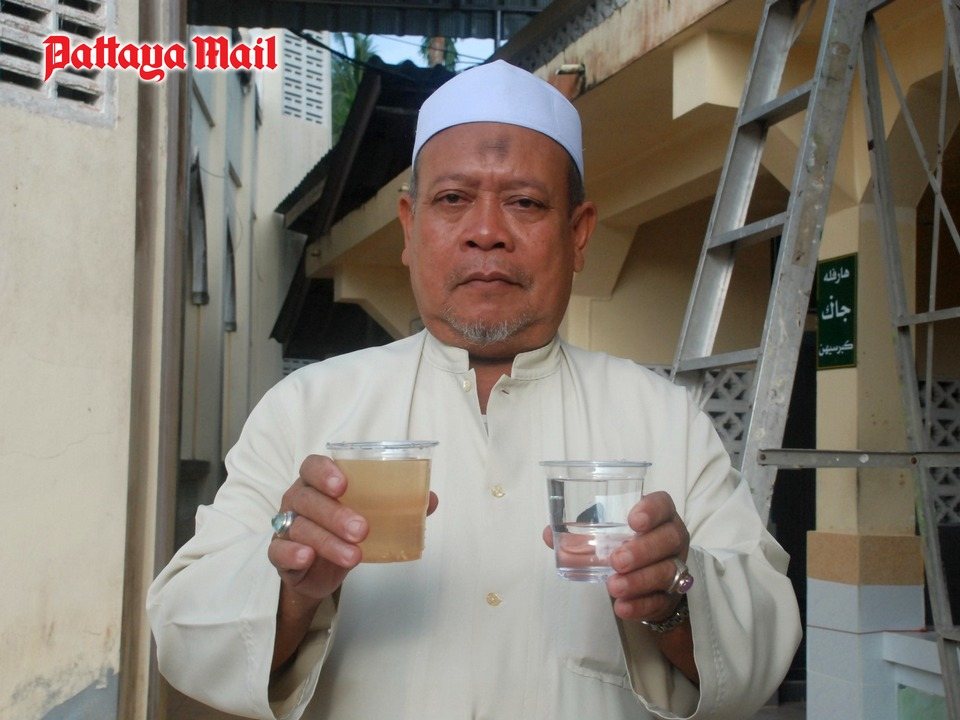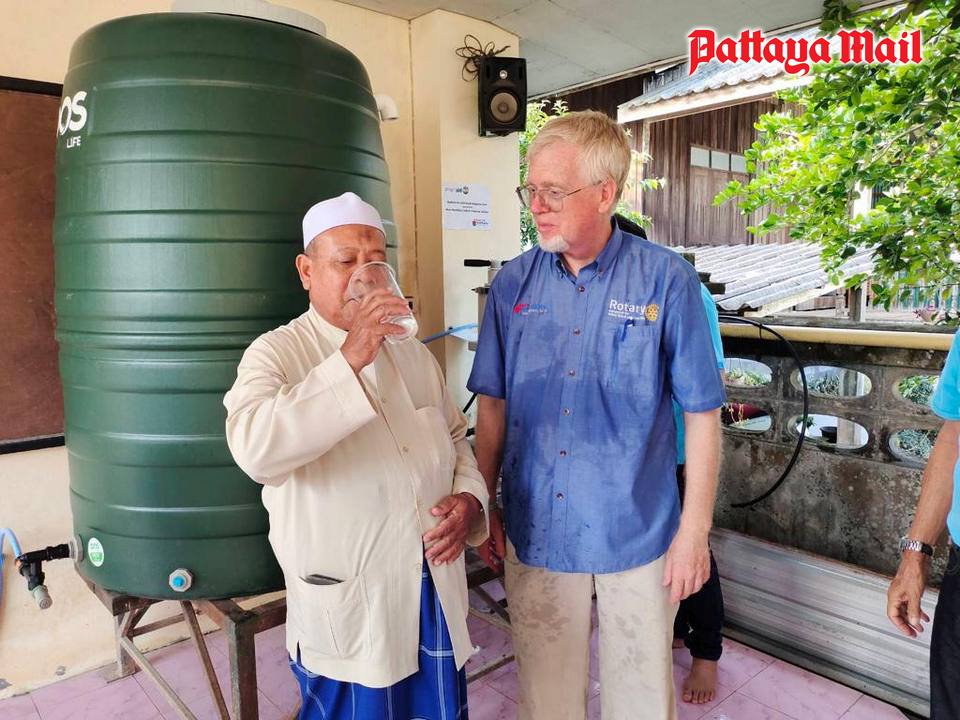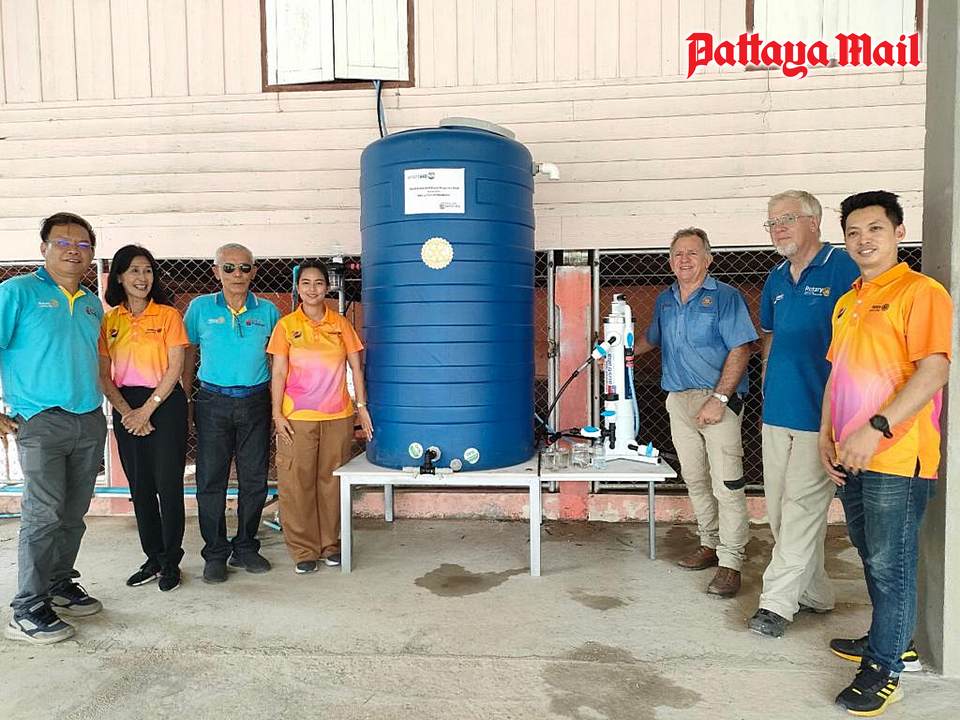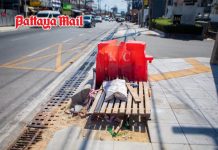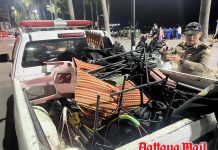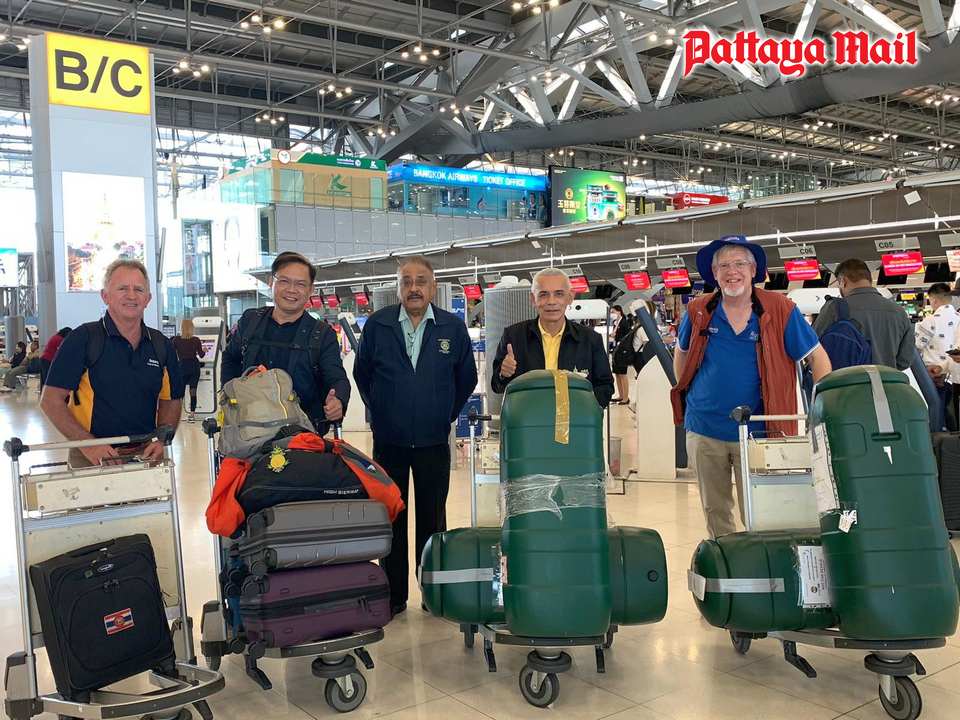
NARATHIWAT, Thailand – While the world celebrated the festive cheer of Christmas 2023, three southern border provinces of Thailand – Narathiwat, Yala, and Pattani – faced devastating floods that severely impacted their communities. The crisis began on December 25, with floodwaters inundating all 13 districts of Narathiwat Province. Record-breaking rainfall, particularly in Rangae, Yingo, and Rueso, submerged homes, schools, and vital infrastructure. The Lamphu intersection, a key link between Narathiwat and Rangae, was submerged, isolating entire communities and worsening the situation.
The disaster deepened when a boat capsized on the Kolok River, leaving four villagers missing in Rueso’s violent currents. Thousands of vehicles were left stranded, unusable in the floodwaters. Despite the overwhelming destruction, hope emerged through collective action, with local and international aid pouring in to assist those affected.
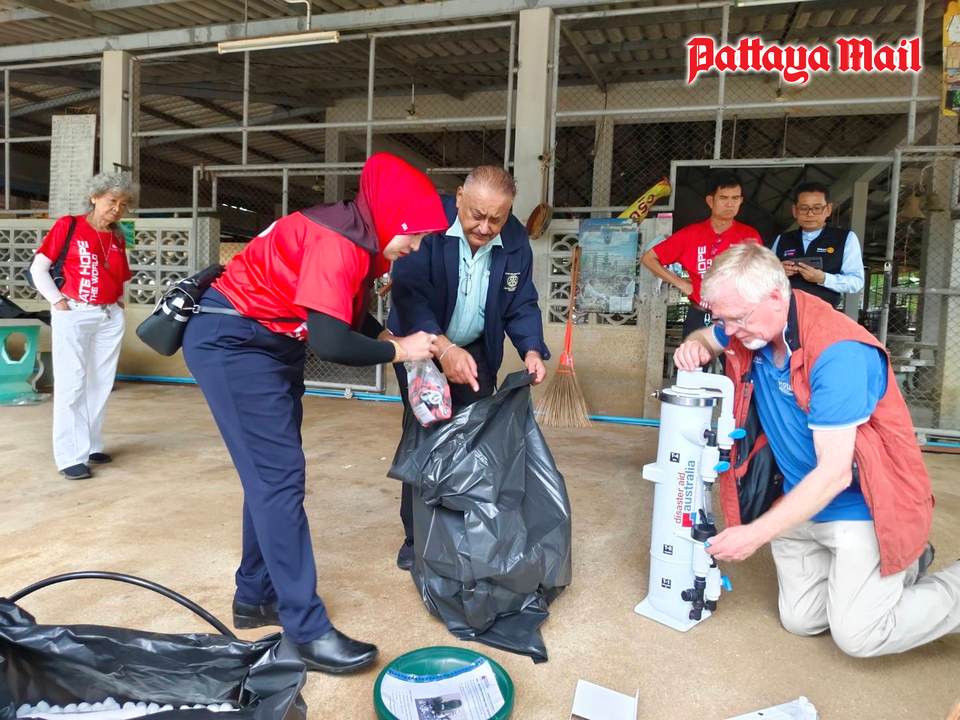
At the Rotary Club of Plutaluang in Sattahip, Disaster Aid Thailand convened an urgent meeting to plan relief efforts. Led by Past President Captain Dol Adinan, along with Past District Governor Pratheep Singh Malhotra and President-Elect Peerasan Wongsri, the team laid out a strategy to help the flood-stricken provinces. International collaboration played a vital role, with Disaster Aid Malaysia contributing 12.5 tons of rice, fortified with nutritional supplements.
In partnership with Disaster Aid International and Disaster Aid Australia, the teams secured four SkyHydrants – high-efficiency water filtration units capable of operating without power or chemicals. These units were critical in providing clean water to communities where sources were contaminated. This global collaboration epitomized the spirit of solidarity during a time of crisis.
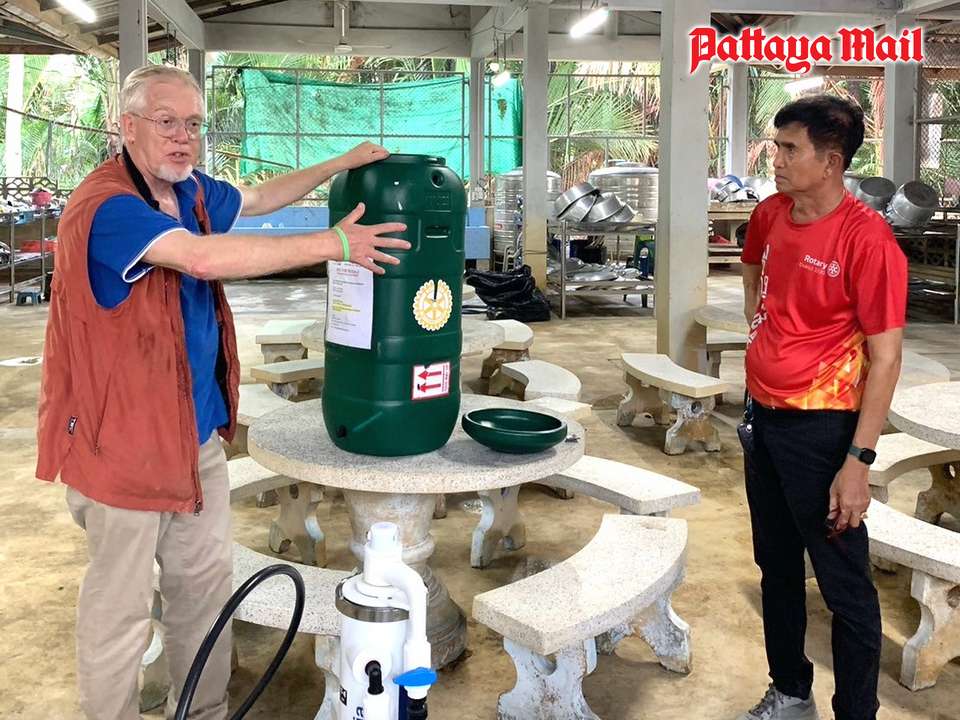
A few days later, Rotarians Brian Ashworth (Rotary Clubs of Dandenong and Endeavour Hills) and Peter Elias arrived in Thailand with four SkyHydrant units packed into 1.2 cubic-meter tanks. Their mission was clear: to deliver aid to the flood-affected provinces. Upon landing at Narathiwat Airport, despite the oppressive heat and crowded conditions, the team quickly began distributing rescue equipment to the hardest-hit areas.
Despite the difficult terrain, local Rotarians worked alongside the Disaster Aid teams to ensure steady progress. The first SkyHydrant was installed at Lamphu Temple in Mueang Narathiwat District, offering the community a critical supply of clean water. Additional installations followed at Ma Rueb Bo Mosque in Cho I Rong District and the Goddess Kuan Im Shrine in Yala Province, each site reinforcing the message of unity across different cultural and religious groups.
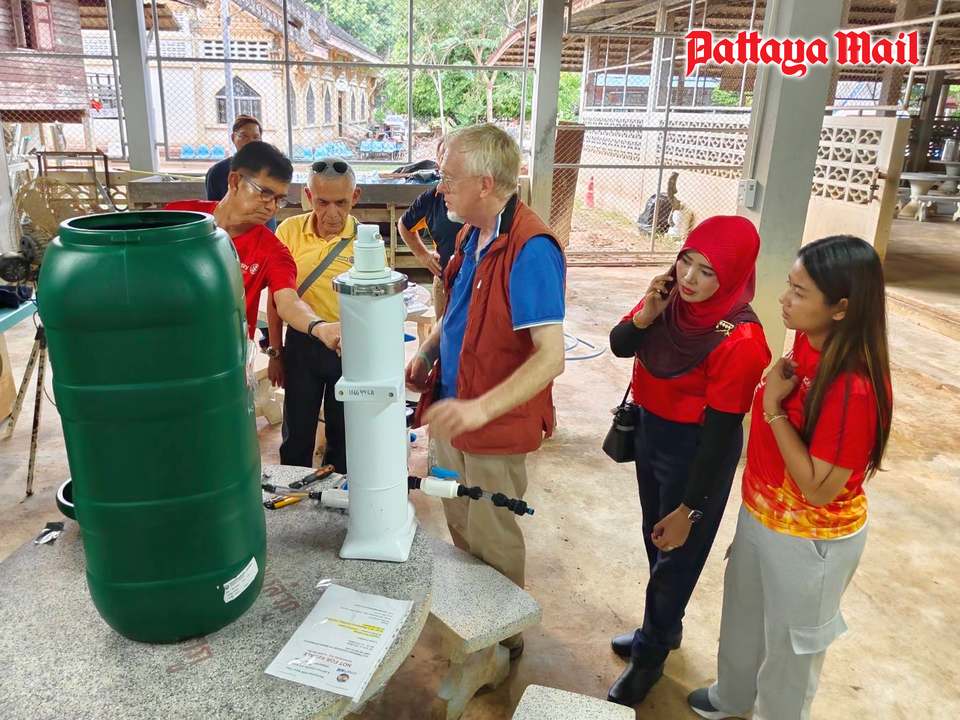
The final installation at Wat Na Tham Cave Temple in Yala Province marked the conclusion of a week-long, tireless effort. As the filtration systems were activated, they not only provided clean drinking water but also stood as symbols of cooperation and resilience.
The success of the mission was not just in the technical achievements but in the powerful bonds it created between communities. The gratitude from local leaders—Buddhist monks, Muslim religious leaders, village heads, and government officials—was overwhelming, as they came together to accept the aid and reflect on the collective effort that made it all possible.
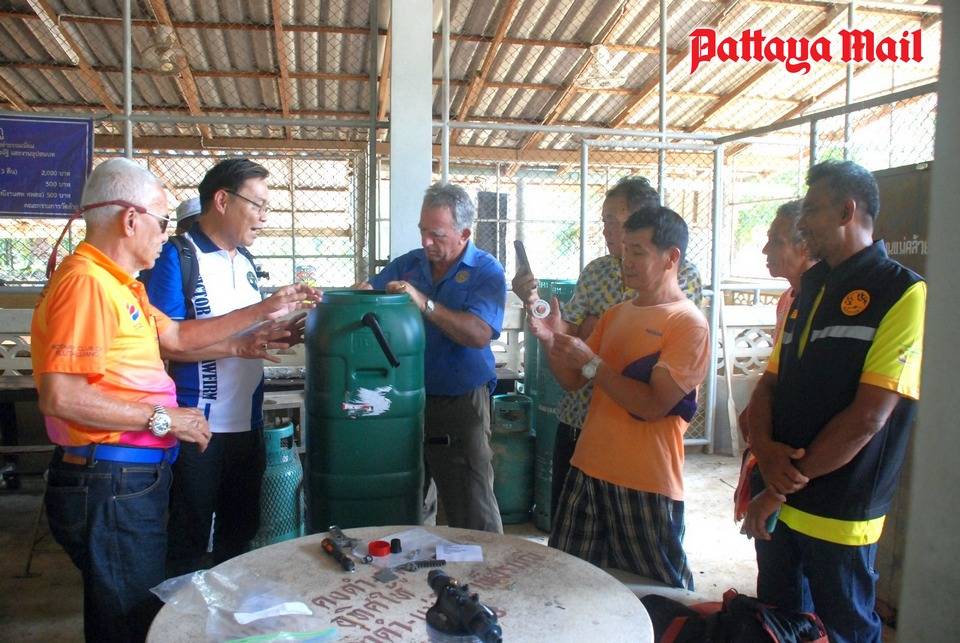
Over six days of hard work, four SkyHydrant units were installed, directly benefiting thousands of people. As the waters receded and communities began to rebuild, the legacy of compassion and cooperation forged in the face of adversity remained strong.
This mission proved that true success is not just about resources deployed, but the lasting impact on people’s lives. The Rotarian spirit, characterized by service, compassion, and global solidarity, shone brightly throughout the relief operation.
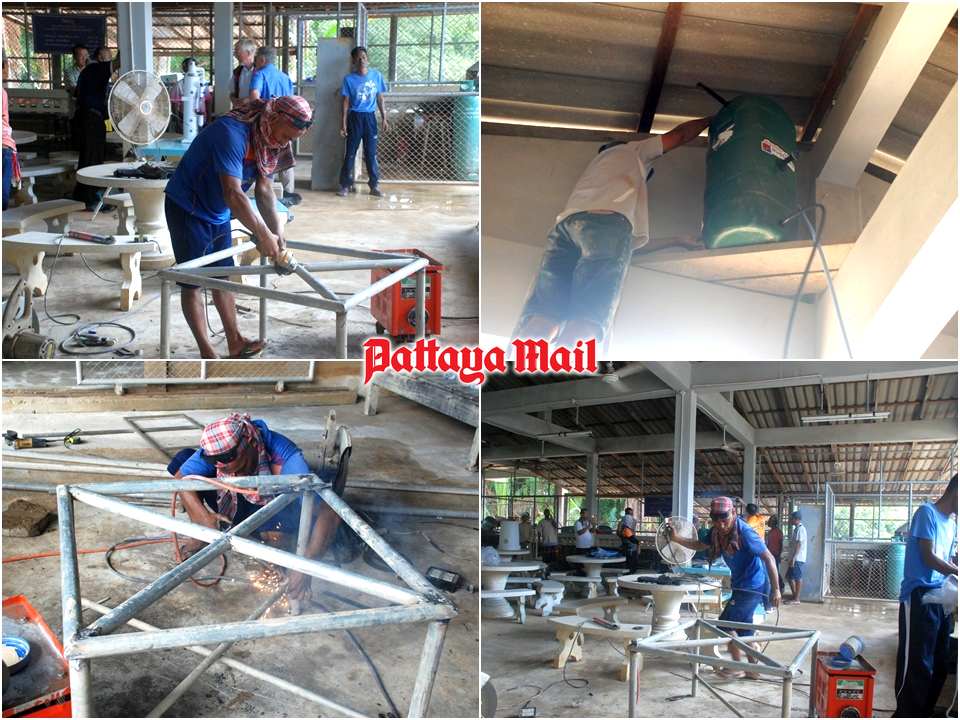
The installation of the SkyHydrants was more than just a technical solution; it was a testament to the strength of human resilience. Each unit was strategically placed in key locations: Lamphu Temple in Mueang Narathiwat District, Ma Rueb Bo Mosque, Kuan Im Shrine, and Wat Na Tham Cave Temple, all cultural landmarks in their respective communities. These sites were not only practical for water access but symbolized the collective hope and support that emerged in the wake of the disaster.
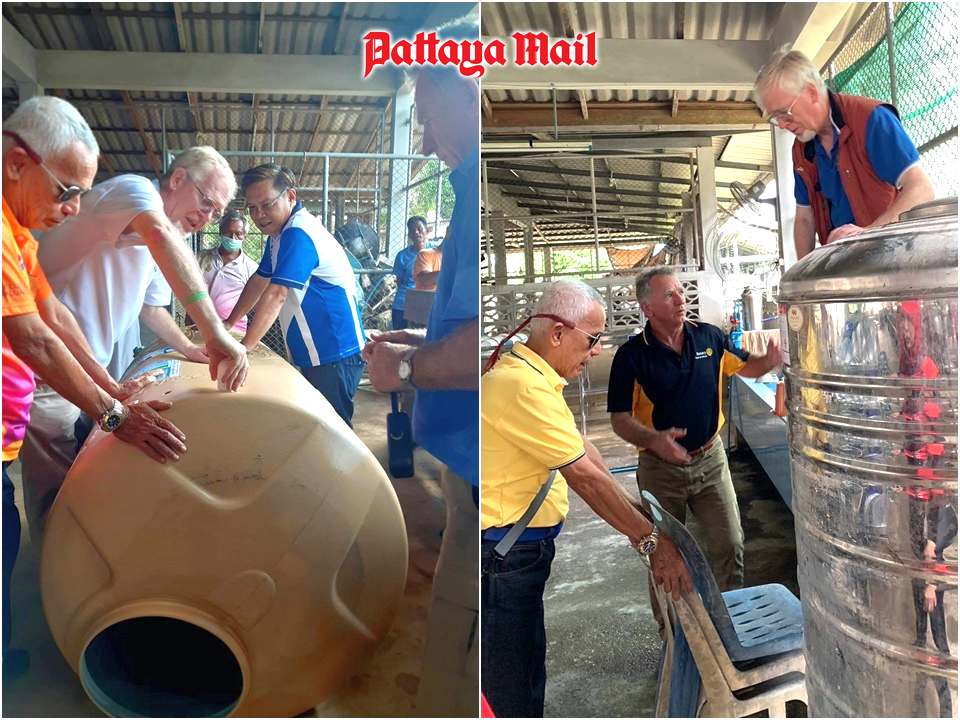
As the SkyHydrants began to purify water, the sense of relief in these communities was palpable. Villagers who had suffered through the flooding finally had access to clean water, a basic human right restored through the collective effort of volunteers and donors from around the world.
In the end, this relief mission was about more than providing emergency aid—it was about building bridges between diverse communities and creating lasting change. The spirit of cooperation and the legacy of the Rotarian providers will endure long after the floodwaters have receded.

